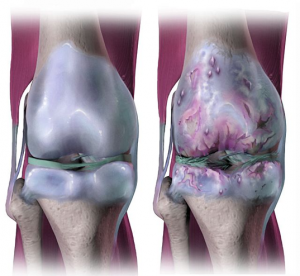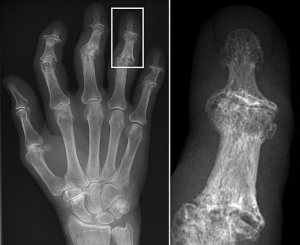Mary’s Health: Osteoarthritis (OA)
Mary was diagnosed with Stage 4 osteoarthritis (OA) and osteoporosis(OP) in 2012.
Diagnosis
- Physical examination checks affected joints for tenderness, swelling, redness, and flexibility
- Imaging tests
- X-ray
- Magnetic resonance imaging
- Bone densitometry
- Lab tests
- Blood tests
- Joint fluid analysis
| Hand | Hip |
|
|
| Shoulder | Foot |
|
|
| Knee | Spine |
|
|
Overview
- Called degenerative joint disease
- Most common form of arthritis
- Affecting millions of people worldwide
- Occurs when the protective cartilage that cushions the ends of the bones wears down over time
- Can damage any joint
- Most commonly affects joints in hands, knees, hips & spine
- OA can cause pain, stiffness & swelling
- Can cause reduced function & disability
4 Stages of Osteoarthritis
Stage 1 – Minor
- Very minor wear & tear and bone spurs, unlikely to feel pain or discomfort
- Treatment-supplements (glucosamine & chondroitin), regular exercise
Stage 2 – Mild
- Noticeable bone spurs on x-ray, stiffness and discomfort
- Treatment-OTC pain medications, stricter exercise routine
Stage 3 – Moderate
- Cartilage is affected, narrow gap between bone and joint
- Joint becomes inflamed, discomfort with ADLs
- OTC pain medication or prescription pain medications, hyaluronic injections
Stage 4 – Severe
- Cartilage is almost completely gone, bone spurs have multiplied, very painful
- Inflammatory response from the joint
- OTC pain medication or prescription pain medications, hyaluronic injections
- Bone realignment surgery for knee & hip
X-rays
Osteoarthritic Hip and Spine
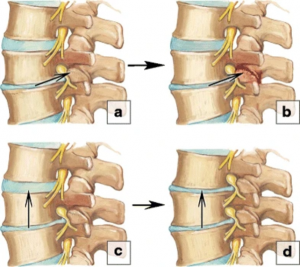
Stepped-Care Approach for the Treatment of OA
OA cannot be reversed. However, treatments can reduce pain and improve movement.
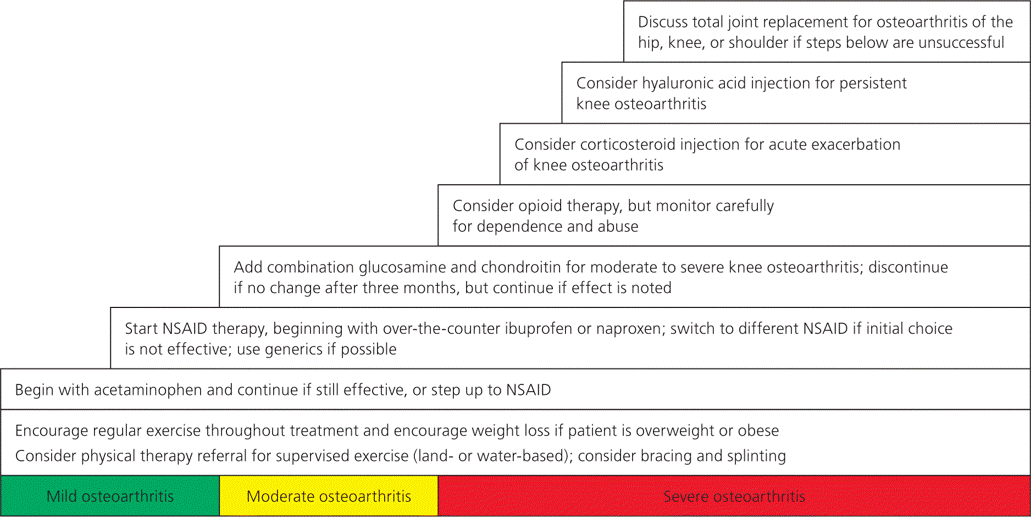
Medications Commonly Used for OA
| Medication | Typical Dosage |
| Acetaminophen | 650 to 1000 mg QID |
| Celecoxib (Celebrix) | 50 to 400 mg OD |
| Diclofenac/misoprostol (Arthrotec) | 50 mg/200 mcg BID-TID |
| Ibuprofen (OTC) | 400 to 600 mg TID |
| Meloxicam (Mobic) | 7.5 to 15 mg OD |
| Nabumetone | 500 mg BID |
| Naproxen (OTC) (Aleve) | 220 to 440 mg BID |
| Oxaprozin (Daypro) | 1200 mg OD |
| Sulindac (Clinoril) | 150 to 200 mg BID |
OTC Medications Aren’t Working…
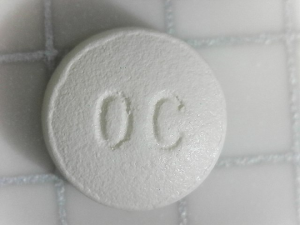
Strong medications may be prescribed if OTC medications lose effectiveness:
Opioids
- Low dosages and careful monitoring
- May cause chronic constipation
- Older patients at risk of falls
Intra-articular injections of corticosteroids or hyaluronic acid
- Short-term relief lasting 4 to 8 weeks
- May cause flare-up within the first 24 hours
- Improvement from baseline at 48 hours

